Rising Awareness and Education
Increasing awareness and education regarding neurological disorders significantly impact the neurology devices market. Public health campaigns and educational programs are being implemented to inform the population about the symptoms and treatment options for various neurological conditions. This heightened awareness is likely to lead to earlier diagnosis and treatment, thereby increasing the demand for neurology devices. Moreover, healthcare professionals are receiving enhanced training on the latest technologies, which could further drive the adoption of innovative devices in clinical settings. As a result, the market is expected to expand as more patients seek effective solutions for their neurological issues.
Government Initiatives and Funding
Government initiatives in Japan play a pivotal role in shaping the neurology devices market. The Japanese government has been actively promoting research and development in the healthcare sector, particularly in neurology. Funding programs and grants aimed at fostering innovation in medical technology are becoming more prevalent. For instance, the Ministry of Health, Labour and Welfare has allocated substantial budgets to support the development of advanced neurology devices. This financial backing is expected to stimulate growth in the market, as companies are encouraged to invest in new technologies and improve existing products, ultimately benefiting patients with neurological conditions.
Increasing Investment from Private Sector
The private sector's investment in the neurology devices market is on the rise, driven by the potential for high returns in a growing industry. Venture capital firms and private equity investors are increasingly focusing on startups and established companies that specialize in neurology devices. This influx of capital is expected to accelerate innovation and product development, leading to a wider range of options for healthcare providers and patients. Additionally, partnerships between technology firms and medical device manufacturers are becoming more common, further enhancing the market's growth potential. As competition intensifies, the neurology devices market is likely to witness significant advancements in both technology and accessibility.
Aging Population and Neurological Disorders
The aging population in Japan is a critical driver for the neurology devices market. As the demographic shifts towards an older age group, the prevalence of neurological disorders such as Alzheimer's disease and Parkinson's disease is expected to rise. Reports indicate that by 2030, approximately 30% of the Japanese population will be over 65 years old, leading to increased demand for diagnostic and therapeutic devices. This demographic trend necessitates advancements in neurology devices to cater to the growing patient population. Furthermore, the healthcare system is likely to allocate more resources towards innovative solutions, thereby enhancing the market landscape for neurology devices.
Technological Advancements in Device Development
Technological advancements are a major catalyst for growth in the neurology devices market. Innovations such as artificial intelligence, machine learning, and advanced imaging techniques are revolutionizing the way neurological disorders are diagnosed and treated. In Japan, companies are increasingly investing in research to develop cutting-edge devices that offer improved accuracy and efficiency. For example, the integration of AI in diagnostic tools has shown to enhance the precision of identifying neurological conditions. As these technologies continue to evolve, they are likely to create new opportunities within the market, attracting both investment and consumer interest.


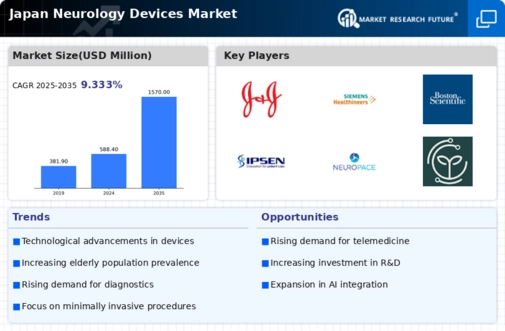
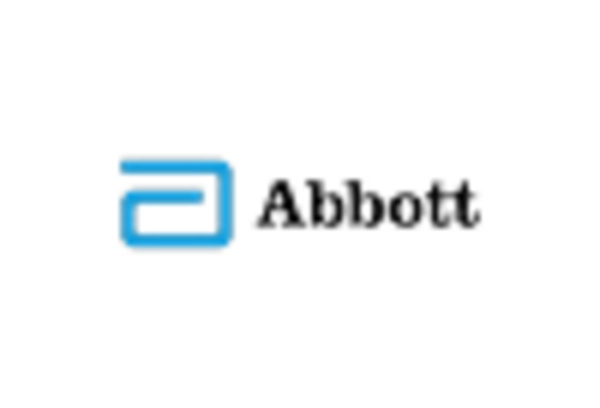
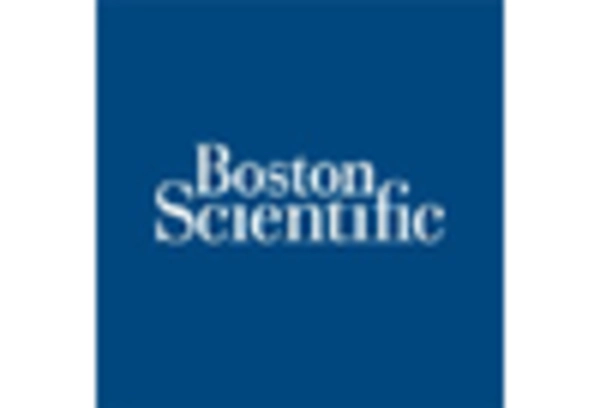

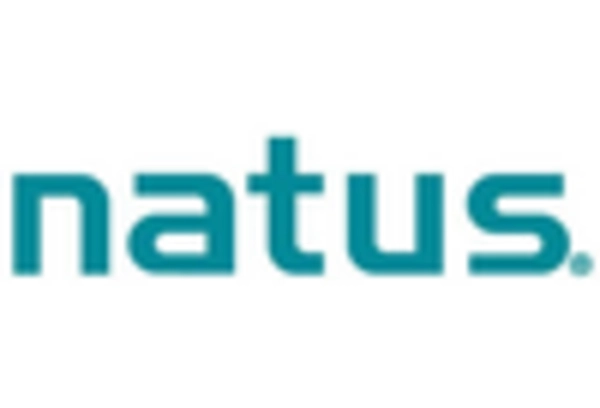
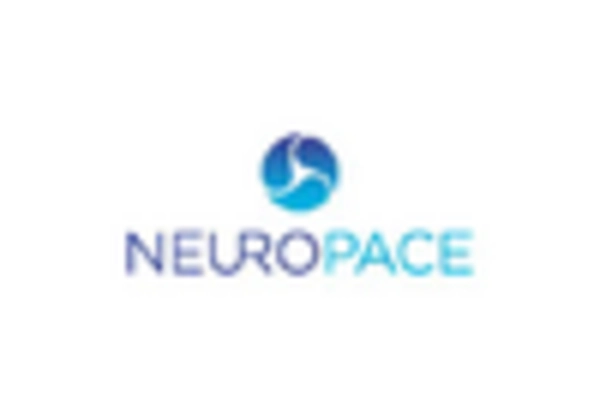
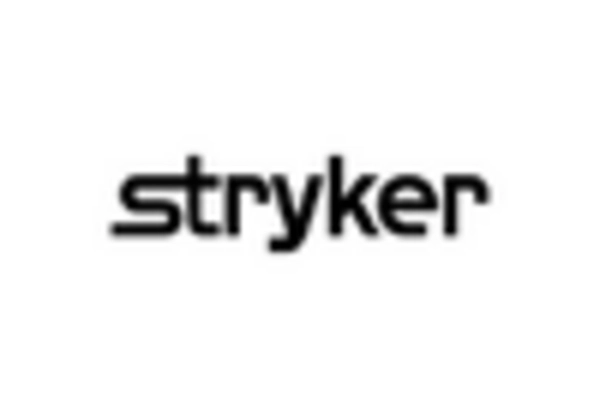








Leave a Comment